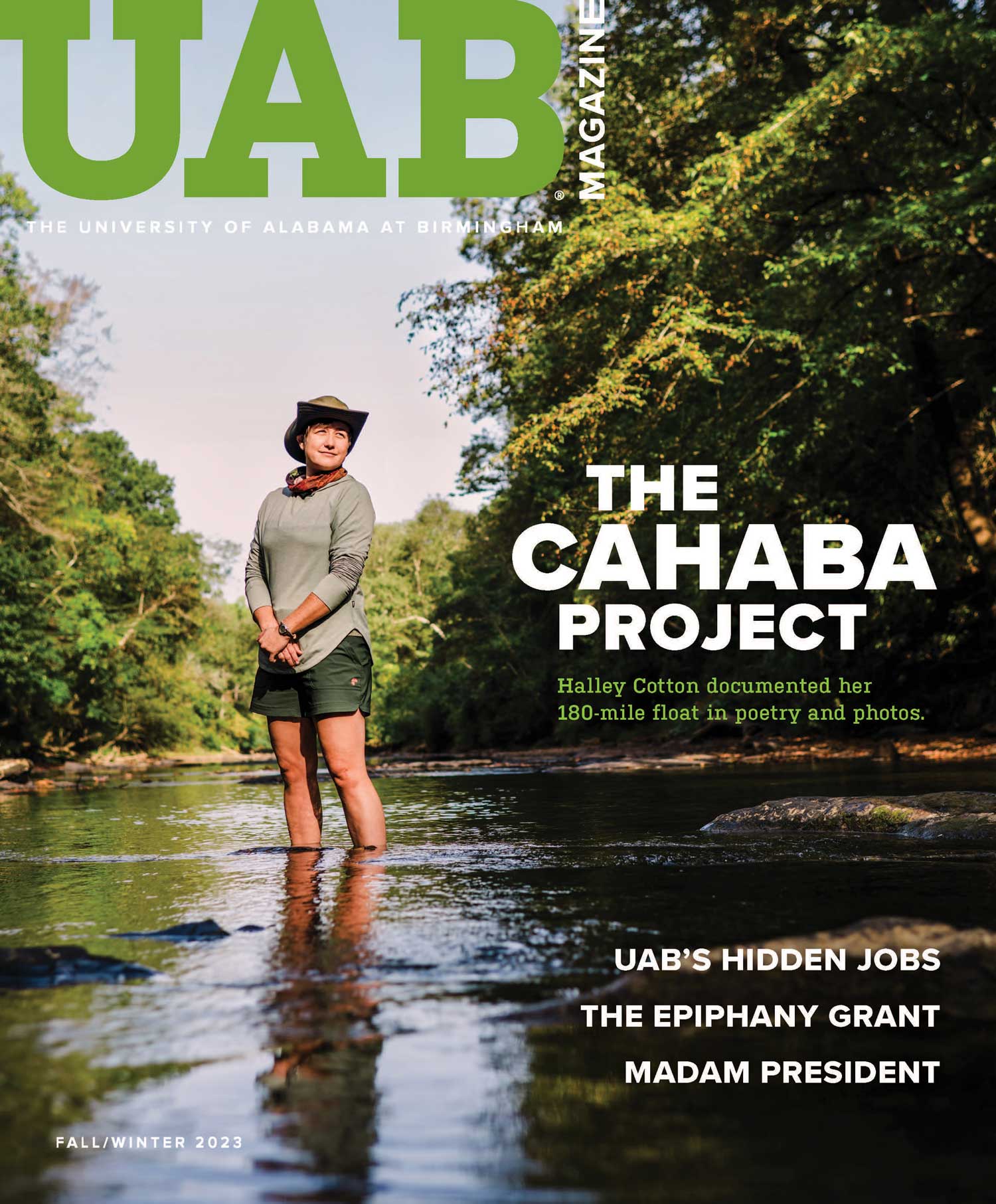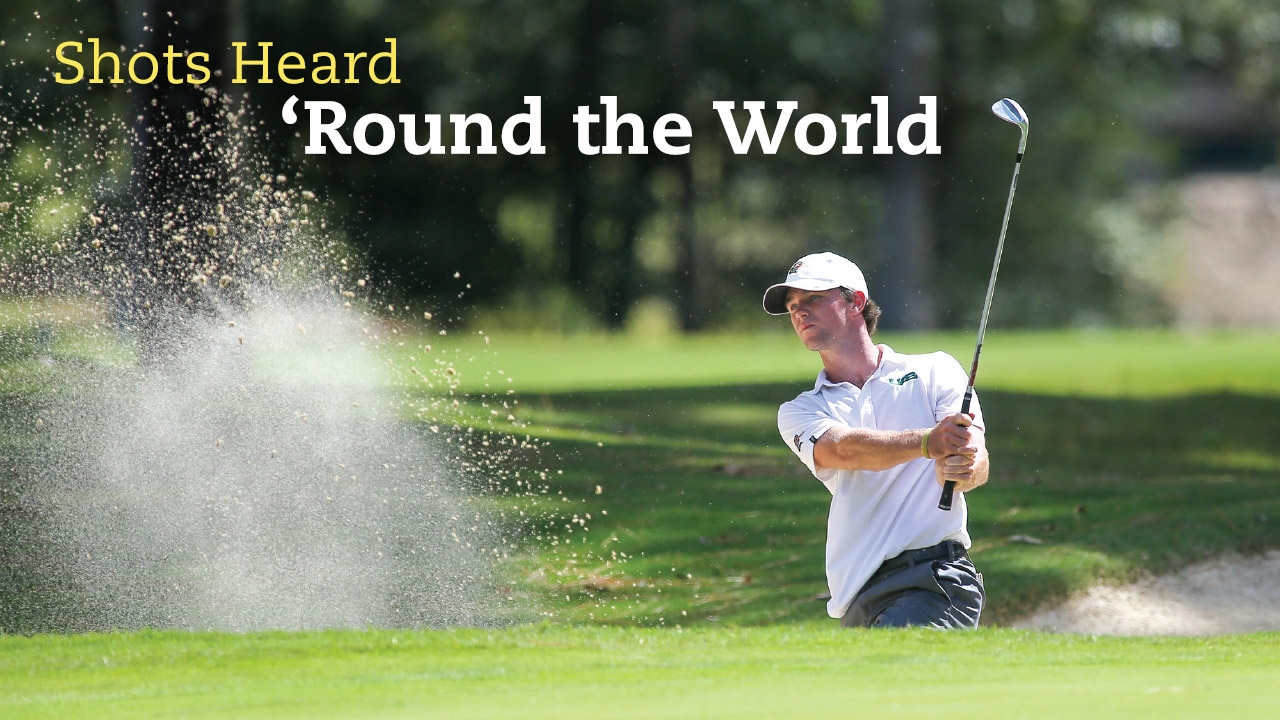One of the quietest sports has been creating a lot of noise for UAB. The Blazers men’s golf program has attracted international attention in recent years, thanks in large part to the success of former UAB golfers Graeme McDowell and Paul Dunne.
McDowell got the golf ball rolling by winning the 2010 U.S. Open, widely considered the sport’s most difficult tournament. Then, in July 2015, Dunne nearly became the first amateur to win the British Open in 85 years, holding a share of the lead entering the final round.
These exploits alone would have generated national publicity for the Blazers. But since McDowell is originally from Northern Ireland and Dunne is a native of Dublin, media outlets throughout Europe also have been mentioning UAB a lot lately.
“Athletics is a huge window to a university,” says UAB head golf coach Alan Murray, another Ireland native who took over the program from Alan Kaufman in 2013. “Those guys are at the forefront of UAB’s worldwide presence from a sporting perspective. To have them bursting onto the scene and representing UAB gives us a much higher golf profile.”
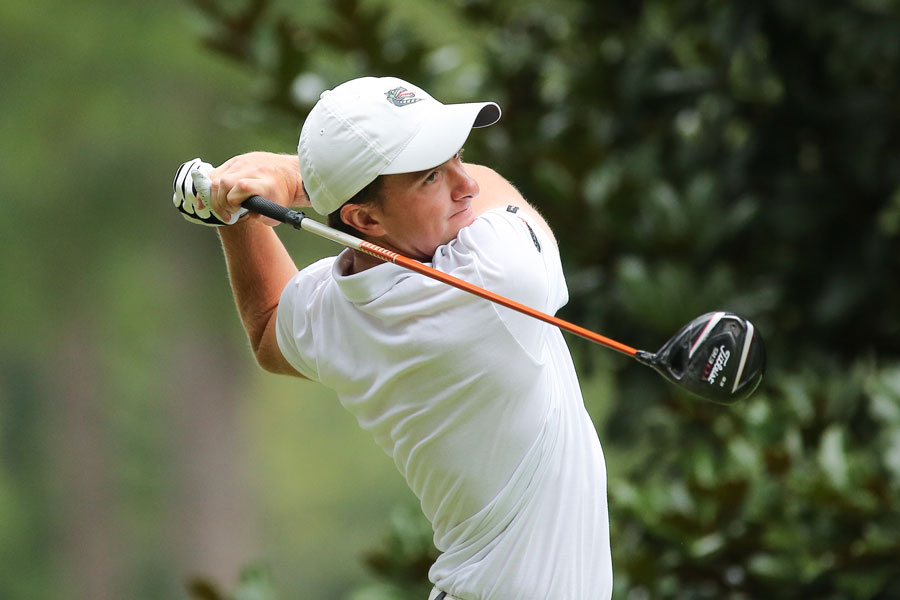 (Above) Paul Dunne as a Blazer in 2014. (Top) Will Cannon hits from the bunker at the 2014 Shoal Creek Invitational.
(Above) Paul Dunne as a Blazer in 2014. (Top) Will Cannon hits from the bunker at the 2014 Shoal Creek Invitational.
A New Level
The program began reaching a new level following Kaufman’s arrival in 1998. His 2000-2001 team became the first from UAB to qualify for the NCAA Championship, finishing tied for 12th in the nation. That squad was led by McDowell, the first UAB player to be ranked number one in collegiate golf.
 McDowell in his UAB days, with former head coach Alan Kaufman.
McDowell in his UAB days, with former head coach Alan Kaufman.Now the Blazers make regular appearances in the NCAA Championship, having made the finals three of the past four years, and Murray was named the national Coach of the Year by Golfweek for the 2013-2014 season.
“This program is at a place where we’re competing on a national level, and a lot of credit for our success has to go to the guys who were here in the early years,” says Murray, who spent three years as an assistant coach under Kaufman. “They did a lot of the grunt work, and we’re benefiting from that.”
The Next Great Golfers
Murray says his recruiting pitch to high-school golfers is relatively simple: Come to UAB to get a great education, play golf on world-class courses such as Shoal Creek Country Club, and have a chance to follow in the cleat marks of players who have found success on the PGA Tour.
“Graeme and Paul have both said that the UAB experience was beneficial for their development as a golfer,” Murray says. “For guys who want to play golf at the next level, if you can come and be the top player on our team, then you have a really good chance of making it.”
That certainly appealed to Will Cannon, a senior on this season’s team who joined the program out of Hoover, Ala., in 2012. He said his game has improved significantly at UAB. “What’s helped me as much as anything is just watching Paul and some of the other guys in practice,” says Cannon, a finance major. “Their game is so good. To be around that every day and compare yourself to that, it pushes you to be better.”
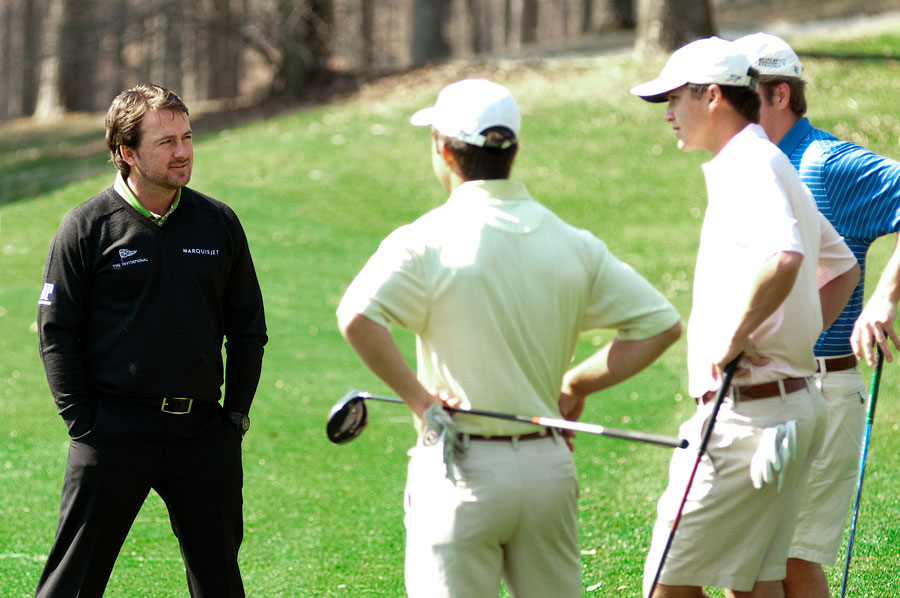 Graeme McDowell visits with UAB golfers in 2011.
Graeme McDowell visits with UAB golfers in 2011.
Tough Practices
Indeed, Cannon says the practices can often be more competitive than actual tournaments. Murray will set up scenarios, usually involving chipping or putting, and the players will spend several hours each day working on that one aspect of their game. “We probably spend 95 percent of our practice on the putting green,” Cannon says. “We have a lot of closest-to-the-pin competitions involving almost any shot around the green imaginable. We’ll hit 100 different chip shots in a practice session. It’s the same way with putting. We’ll do different putts from different distances. Everybody is trying to beat each other, so it gets very competitive.”
The results are evident come tournament time. The Blazers began this season with a third-place finish at the prestigious Kiawah Island (S.C.) course, and then a few weeks later broke multiple tournament records in winning the Shoal Creek Invitational for the first time in the event’s eight-year history.
“People now know that if UAB is in a golf tournament, that means a pretty good team will show up,” Murray says. “We’re not going to win everywhere we go, but we’re always competitive. We can give anyone a game.”
Murray and Cannon share a few tips to help recreational golfers improve their game:
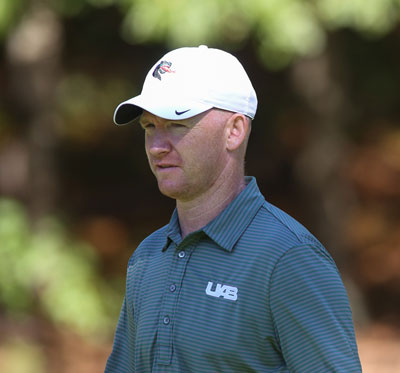 Murray at the 2013 Shoal Creek Invitational.
Murray at the 2013 Shoal Creek Invitational.Head coach Alan Murray:
• Take a lesson from a professional. Every golfer needs an extra set of eyes to keep them on the right track. A good instructor can identify the differences between “feel” and “real” and give you a few key things to try to achieve when hitting balls at the driving range. Plus, a good professional will make sure you are using clubs suited to your game. If you’re not, he or she can get you fitted properly.
• Practice, practice, practice. The only way to improve at something is to work harder at it. Practicing for 20 minutes a day is better than nothing at all, even if it means putting into a cup in your office or swinging in the yard when you get home from work.
• Focus on your short game. Everyone loves to smash the driver at the driving range, but improvement in chipping and putting is the quickest way to shave strokes off your score. Spending 30 minutes putting and chipping to different holes will help the average golfer more than hitting balls on the driving range for the same period.
• Play from the right tee markers. Everyone wants to play from the tee boxes that are farthest back, but that makes an already tough game even more difficult. Having birdie putts and being able to reach par 4s in two shots is way more enjoyable than trying to jump all over a 3-wood to reach the green with your second shot on a par 4. Set a goal of a score for 18 holes from the closest marker forward before you move back a set of tees. It will give you a challenge to overcome and force you to think more strategically.
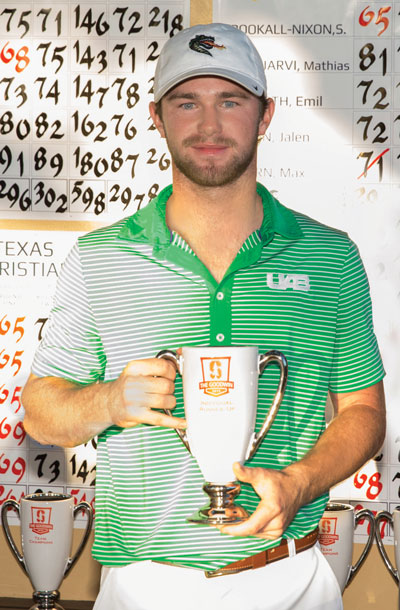 Cannon won Individual Runner-Up at The Goodwin tournament in Palo Alto, Calif., in 2015.
Cannon won Individual Runner-Up at The Goodwin tournament in Palo Alto, Calif., in 2015.• Play with players who are more skilled than you. It is good to witness how a better player goes about their business on the golf course. And hearing them talk about how they play a hole or the technique they use to play a particular shot can be a valuable source of information.
• Recognize your limitations. Every player in the world is limited somewhat, and the better ones play with those limitations in mind. You have to choose the right shot for you to play—not the shot that looks the prettiest or is the one you can pull off one time out of 10. The pros usually opt for the higher percentage shot most of the time.
Senior golfer Will Cannon:
• Think small. Jordan Spieth talks about how you should aim small, miss small. That means to find a specific target no matter what the shot is, from driver to putter. If you’re narrowing your focus, then the better the shot is going to be. That’s a mental tip I like to use.
• Rotate your body. Take your hands out of the shot. They shouldn’t move at all, and there should be no wrist action. Use the rotation of your body as much as possible. Your torso and hips are the muscles controlling your body movement. That will help you get better, more solid contact on the ball, which gives you more consistent results. You don’t have to worry about timing; just worry about rotation.


